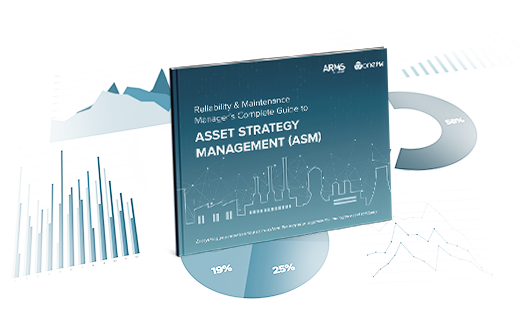Reduce risk, sustain operational targets and reduce maintenance spend
Reliability Centered Maintenance (RCM) is expensive, time-consuming, a siloed approach, and can be out of date soon after it is completed. You have likely executed RCM projects in the past, which while you consider it a sound technical approach, it costs too much and has likely delivered little to the current operations. In fact, you probably wouldn’t be able to find any of the original analysis, listing failure modes, impact and effect quantifications, and failure information.
While RCM is technically sound, because of the cost and effort, it is typically conducted on a project basis when performance or control has gotten out of control. When the project is complete, implementation is difficult and time-consuming, and then once loaded to your EAM system, it is likely that it immediately becomes out of date – either through well-meaning changes by planners and others or through operational changes which render the maintenance plans sub-optimal.
What we required is:
- An efficient approach to apply the concepts of RCM to conduct an initial analysis
- A process-based application of the concepts of RCM to keep it live
- A dynamic connection between the RCM analysis data and the maintenance plan master data
Asset Strategy Management is an evolution of the traditional approach to asset reliability. Evolving operations from a project-based approach to reliability improvement and RCM, with a predominantly reactive Root Cause Analysis approach to asset failure, and no connection to sustaining capital decisions – to a process-based approach driving:
- Ongoing alignment of asset maintenance plans to current asset conditions, market conditions, and operating context.
- Leverage of specific asset maintenance plan improvements across the entire asset base where relevant
With the right technology and the depth of RCM experience behind us, the ability to utilize generic RCM based models, at a component type level, deployed to all assets and updated to reflect current operating context, asset age, and market conditions is all too easy.
Using this connected dataset concept, application of RCM based principle to all asset types of all criticality becomes straight forward with the relevant impacts and effects of failure, and failure characteristics being updated to reflect differing duties, environments, installations, and operational applications.
With this sound foundation in place, an ASM process of ongoing assessment of risk and realignment of preventive maintenance is easily managed on an as needs basis at a singular level of detail using actual operational data and forecasts to determine areas of exposure and opportunity.
ASM as a process incorporates the generation of Maintenance Plan master data changes and affecting those changes in your EAM system. This critical element ensures that updates occur in real-time as soon as approved so that any risk is mitigated, or dollars are saved.
This connected data set becomes the building blocks of an exponentially growing continuous reliability improvement loop – enabling your best minds and most experienced resources who may be located at individual sites, contribute to the best in class maintenance plans that are deployed across all relevant assets with a few clicks.
In global mining operations, there are significant untapped returns that can be realized by unlocking the ability to push your best plans to all assets, whilst accounting for local operating and organizational differences.
Finally, the RCM process data supports budget justification and scenarios evaluation, allowing managers to predict the impact of asset replacement deferrals, major shutdown extensions, or even just routine outage window extensions. The process ensures you get the dollars you need to deliver the tonnes that are required.
The ASM process itself is logical – apply RCM principles to determine the preventive maintenance on all assets. Re-evaluate decisions based on feedback and data from actual operations – keep the plans optimal using the latest data simply by updating any relevant changes. Technology is now available to automate the process and automate the changes in your EAM system. You get the benefit of RCM being applied to all assets without the cost.
The key to success in the mining industry is to embed ASM as a business-as-usual process that manages how your reliability teamwork, designed to ensure that our preventive maintenance and asset replacement plans are connected, and more importantly dynamically flexing to align with the operations, environment, service level requirements, and budget allocations of the day.


